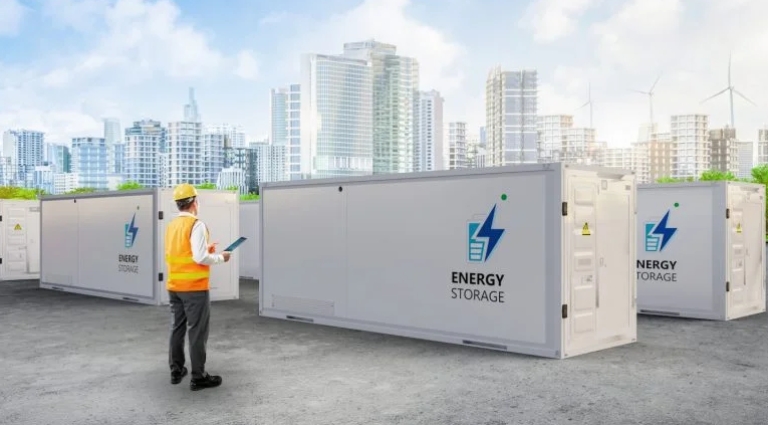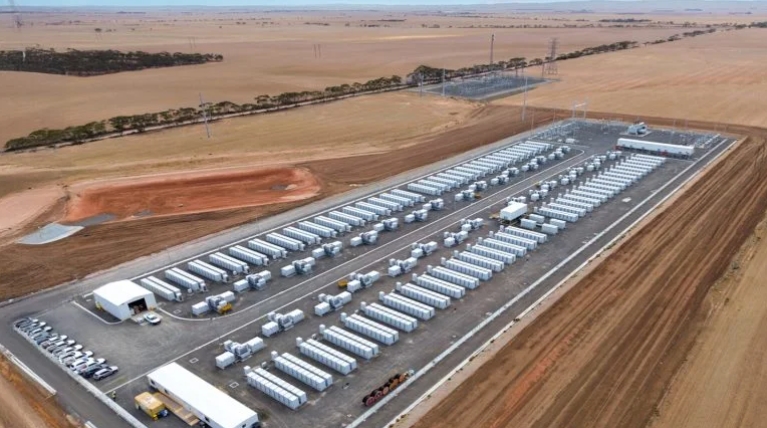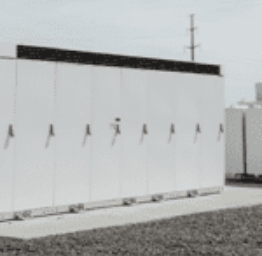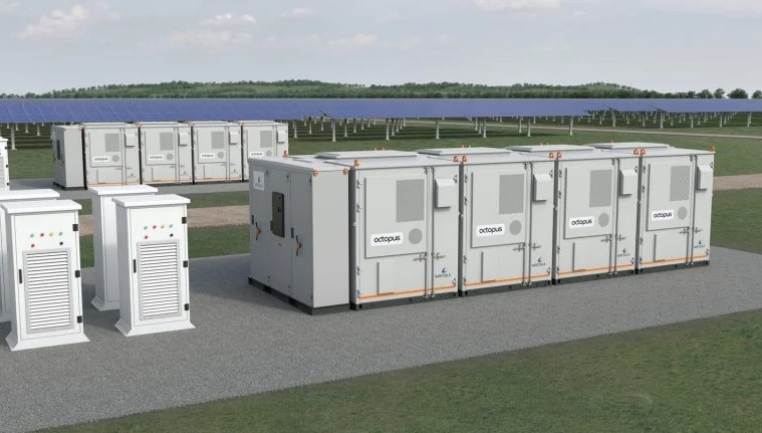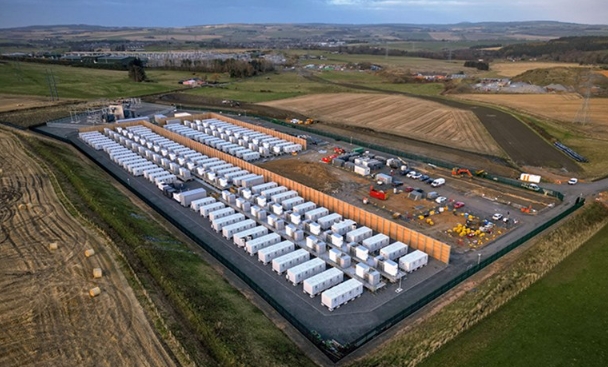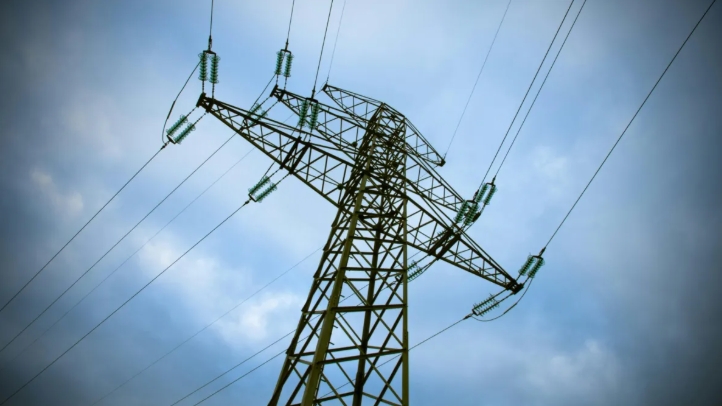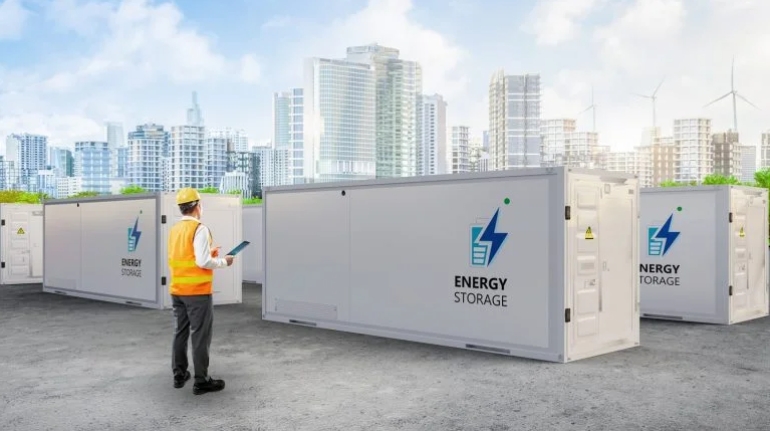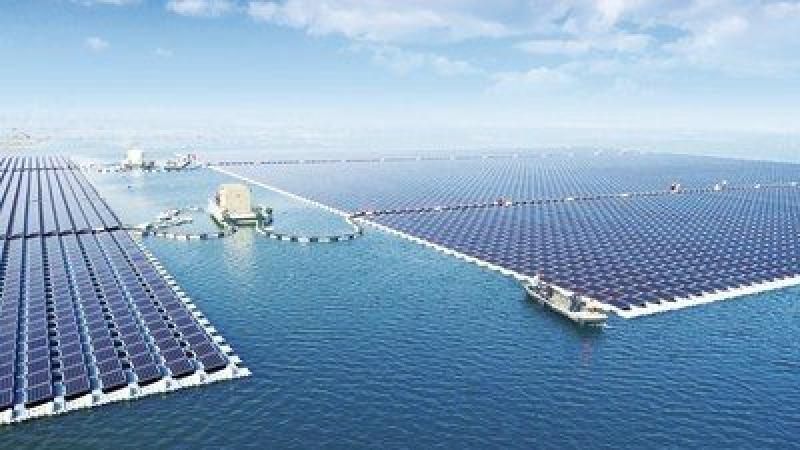
South Korea’s Ministry of Trade, Industry and Energy (MOTIE) announced last week that it will develop a 2.1 GW floating solar power plant which, upon completion, will be 14-times larger than the world’s current largest floating project.
The new mammoth floating solar PV plant will be built atop the Saemangeum Seawall dyke, located on the southwest coast of the Korean Peninsula, which is the world’s longest man-made dyke and separates the Yellow Sea from the former Saemangeum estuary.
According to a translated press release from MOTIE, the Saemangeum water condition lighting power plant will be built over two stages – a 1.2 GW first stage which is expected to be completed in the fourth quarter of 2022, and a 900 MW second stage to be completed in 2025.
The project will be able to generate the equivalent power demand of about 1 million households and will serve to accelerate efforts to meet the South Korean Government’s 2030 renewable energy plan, which requires 20% of the country’s electricity to be generated from renewable energy sources.
Earlier this year, analysts from Wood Mackenzie Power & Renewables predicted that South Korea would likely miss its 2030 renewable energy target, but with an additional 2.1 GW of capacity, the new Saemangeum floating solar project could go a long way to bridging any perceived gaps in renewable energy generation.
A month later, however, South Korea announced plans to boost its renewable energy generation through a 35% renewable energy target by 2040.
“We have decided to increase the share of renewable power to between 30 percent and 35 percent by 2040 to move toward cleaner and safer energy based on an advisory group’s recommendation,” Park Jae-young, director of the Ministry of Trade, Industry and Energy, told a public hearing in Seoulin April.
The new floating solar behemoth will be 14-times larger than the world’s currently largest floating solar PV project, a 150 MW project under construction in China’s Panji District. Further, the Ministry also claimed that the project would “be1.6 times more than the combined capacity of the global floating solar facilities for all of last year.”
The project will require approximately 4.6 trillion won (AU$5.56 billion) in private investment but the Ministry also claimed that the project will require 1.6 million construction workers, greatly boosting the local economy.
Announcement of the new floating solar project came only a few days after Norwegian oil, gas, and wind company Equinor announced that it would partner with the Korea National Oil Corporation (KNOC) and the Korean power company Korea East-West Power (EWP) to develop a 200 MW floating offshore wind project off the southeast coast of South Korea.
The Donghae 1 project could begin construction as early as 2022 and reach completion and operation by 2024.
“We are very pleased to be member of the partnership involved in realising the first floating offshore wind farm in Asia,” said Stephen Bull, senior vice president for the wind and low carbon cluster of New Energy Solutions in Equinor.
“If we succeed in realising the project, the Donghae floating offshore wind project will be the world’s biggest floating wind farm, more than twice the size of Hywind Tampen on the Norwegian continental shelf. A floating offshore wind farm of this size will help further increase the competitiveness of floating offshore wind power in the future.”

